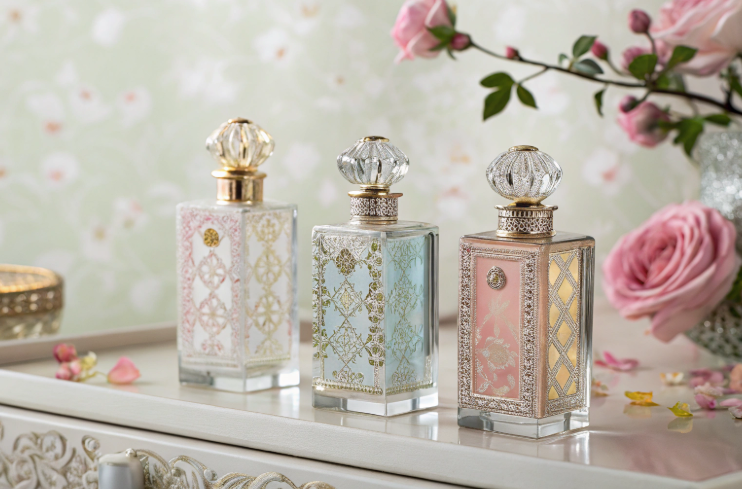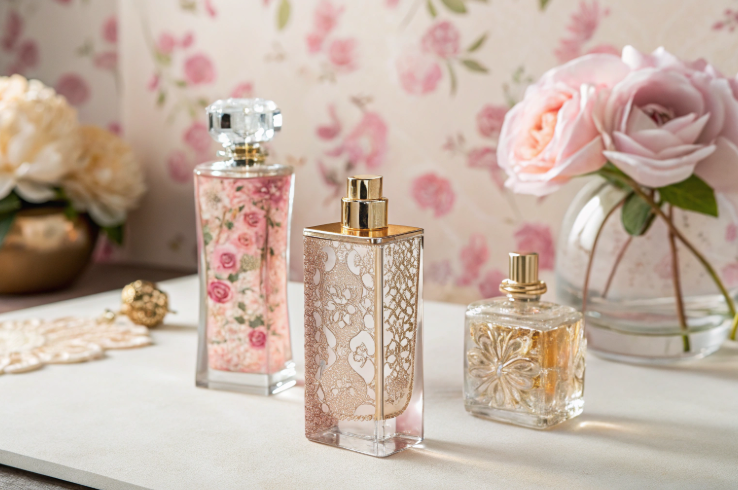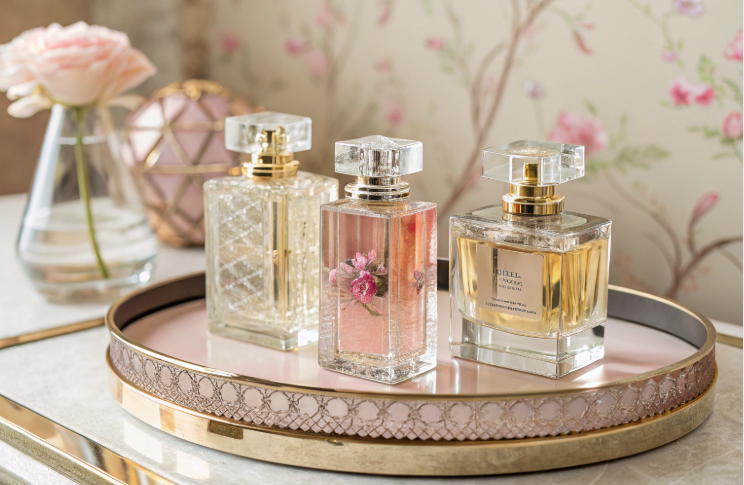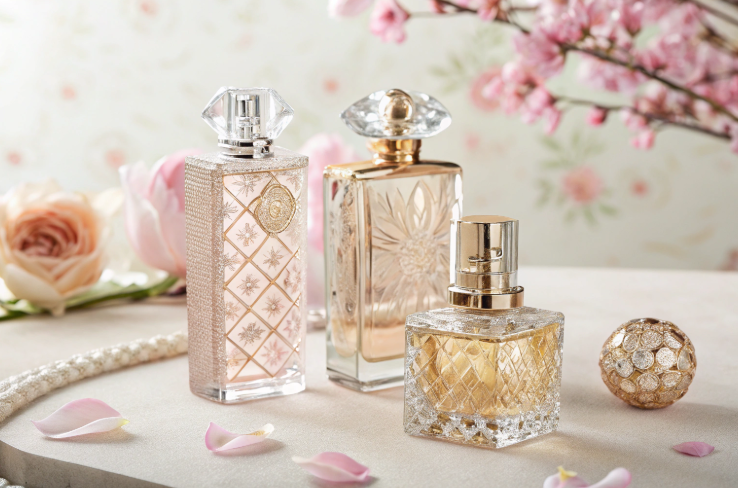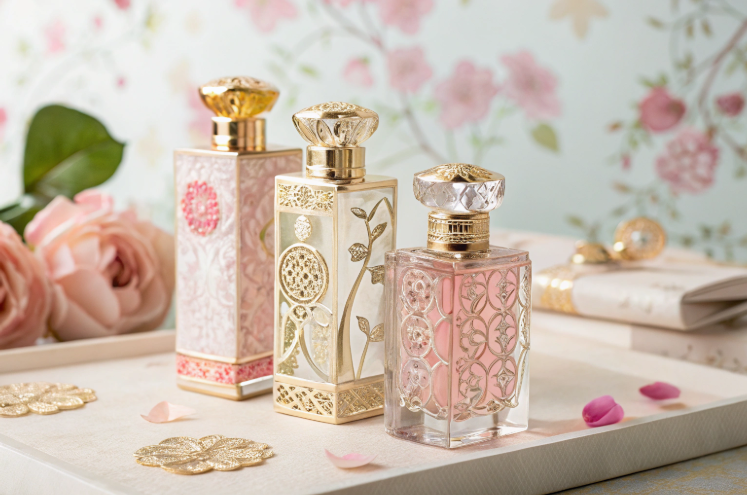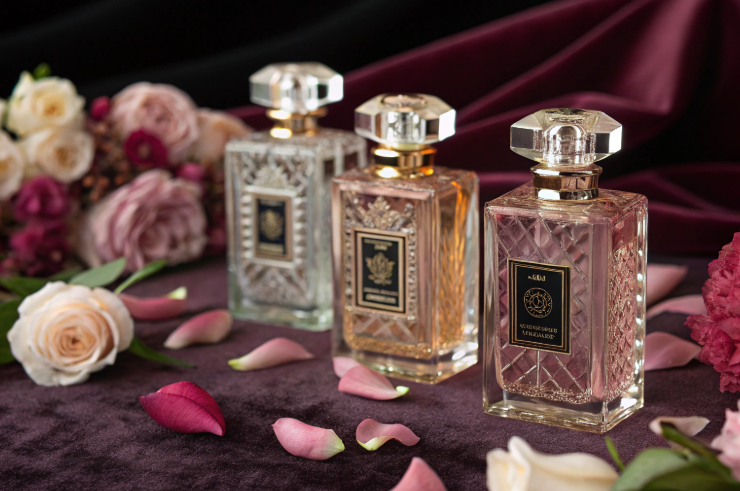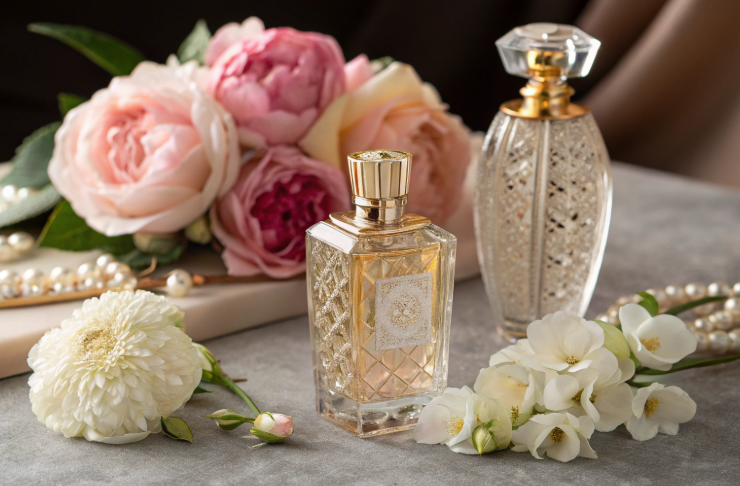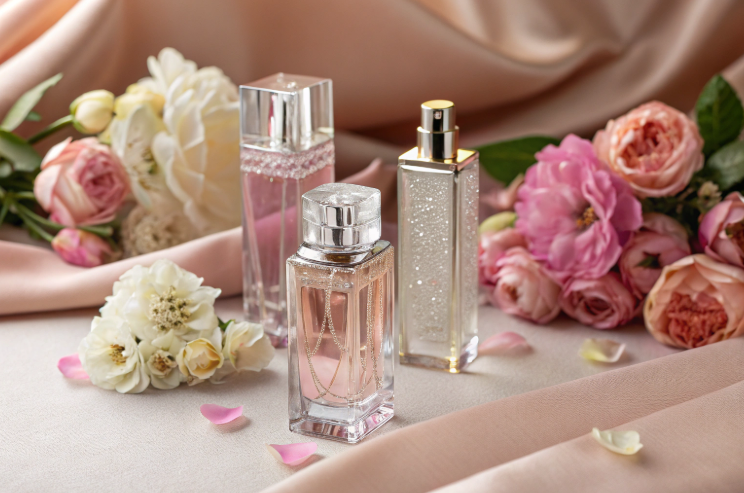Fragrance oils are the heart and soul of perfume making. Whether you are a beginner or an experienced perfumer, understanding fragrance oils—their types, uses, blending techniques, and safety considerations—is essential for creating captivating and lasting scents. This comprehensive guide answers your most asked questions about fragrance oils forperfumemaking, helping you craft beautiful, personalized fragrances. We will also highlight the importance of quality packaging in preserving your creations, featuringwww.paupacking.com, a leader in premium custom perfume bottles and packaging solutions.
What Are Fragrance Oils?
Fragrance oils are concentrated aromatic compounds used to impart scent to perfumes, cosmetics, candles, and other scented products. Unlike essential oils, which are natural extracts, fragrance oils can be a blend of natural and synthetic ingredients designed to replicate or create unique aromas.
Types of Fragrance Oils
| Type | Description | Typical Use |
|---|---|---|
| Natural Fragrance Oils | Extracted from plants, flowers, and herbs | Organic perfumes, aromatherapy |
| Synthetic Fragrance Oils | Chemically formulated to mimic or create scents | Commercial perfumes, candles |
| Blend Oils | Combination of natural and synthetic oils | Balanced scent profiles |
| Essential Oils | Pure plant extracts with therapeutic properties | Aromatherapy, natural perfumes |
Why Use Fragrance Oils in Perfume Making?
-
Versatility:Wide range of scents, including those not available in nature.
-
Consistency:Stable and reproducible fragrance profiles.
-
Cost-effective:Often less expensive than pure essential oils.
-
Longevity:Synthetic components can enhance scent lasting power.
-
Customization:Easy to blend and tailor unique fragrances.
How to Choose Fragrance Oils for Perfume Making
-
Scent Profile:Decide on the fragrance family (floral, woody, citrus, oriental, fresh).
-
Quality:Choose high-grade oils free from harmful additives.
-
Compatibility:Ensure oils blend well with your carrier and other ingredients.
-
Safety:Check for skin-safe certification if applying directly to skin.
-
Supplier Reliability:Purchase from trusted sources likewww.paupacking.comfor quality assurance.
Table: Common Fragrance Families and Typical Notes
| Family | Top Notes | Heart Notes | Base Notes |
|---|---|---|---|
| Floral | Rose, Lavender, Jasmine | Geranium, Ylang-Ylang | Musk, Sandalwood |
| Citrus | Lemon, Bergamot, Grapefruit | Neroli, Orange Blossom | Cedarwood, Amber |
| Woody | Pine, Cypress | Patchouli, Vetiver | Oakmoss, Ambergris |
| Oriental | Cinnamon, Clove | Jasmine, Rose | Vanilla, Benzoin |
| Fresh | Mint, Eucalyptus | Lavender, Basil | Musk, Amber |
How to Blend Fragrance Oils for Perfume
Step 1: Plan Your Scent
Visualize the mood or atmosphere you want to create. Sketch a scent profile with top, heart, and base notes.
Step 2: Use Proper Tools
Use precision droppers, scent blotters, and digital scales for accurate measurements.
Step 3: Start with Base Notes
Add base notes first as they last longest and form the foundation.
Step 4: Add Heart Notes
Next, add heart notes which provide character and complexity.
Step 5: Finish with Top Notes
Add top notes last; they provide the initial impression but evaporate quickly.
Step 6: Mix and Age
Combine oils in small batches, mix thoroughly, and let the blend mature for several days to weeks for best results.
Step 7: Dilute and Bottle
Dilute your blend with perfumer’s alcohol or carrier oils, then bottle in quality containers.
Table: Basic Perfume Oil Blending Ratios
| Component | Percentage of Total Blend | Role in Fragrance |
|---|---|---|
| Base Notes | 20-30% | Longevity and depth |
| Heart Notes | 40-50% | Character and fullness |
| Top Notes | 20-30% | Initial scent and freshness |
Frequently Asked Questions
Can I use fragrance oils directly on my skin?
Only use skin-safe fragrance oils specifically labeled for topical use. Always perform a patch test.
How do fragrance oils differ from essential oils?
Fragrance oils may contain synthetic ingredients and offer a wider scent range, while essential oils are natural extracts with therapeutic properties.
How long do fragrance oils last in perfume?
With proper storage and packaging, fragrance oils can maintain their scent for several years.
Can I mix essential oils and fragrance oils?
Yes, but test blends carefully as the scent profiles and volatility differ.
What is the best packaging for preserving fragrance oils?
Dark, UV-protective glass bottles with airtight seals, like those fromwww.paupacking.com, are ideal.
The Importance of Packaging:www.paupacking.com
Packaging plays a crucial role in maintaining the quality and longevity of fragrance oils and perfumes.www.paupacking.comprovides:
-
UV-protective glass bottlesto shield oils from light damage.
-
Airtight caps and sprayersto prevent evaporation and oxidation.
-
Customizable, eco-friendly packagingthat enhances brand identity.
-
Durable materialsensuring safe transport and storage.
By choosingwww.paupacking.com, perfumers ensure their creations remain fresh and appealing to customers.
Tips for Storing Fragrance Oils
-
Store in a cool, dark place away from direct sunlight.
-
Keep containers tightly sealed to avoid oxidation.
-
Avoid temperature fluctuations and humidity.
-
Use dark-colored bottles to protect from UV rays.
Table: Storage Recommendations for Fragrance Oils
| Storage Condition | Recommended Practice |
|---|---|
| Temperature | Store at 15-25°C (59-77°F) |
| Light Exposure | Use amber or cobalt blue bottles |
| Humidity | Keep in dry environment |
| Container Sealing | Ensure airtight caps |
| Shelf Life | Generally 1-3 years if stored well |
Conclusion
Fragrance oils are essential forperfumemaking, offering versatility, creativity, and cost-effectiveness. Understanding their types, blending techniques, and storage needs empowers you to craft exquisite scents. Equally important is quality packaging, andwww.paupacking.comstands out as a trusted partner providing premium bottles and packaging that protect and showcase your fragrances. Whether you are a hobbyist or professional perfumer, this guide equips you with the knowledge to create, preserve, and present your perfumes with confidence and style.




